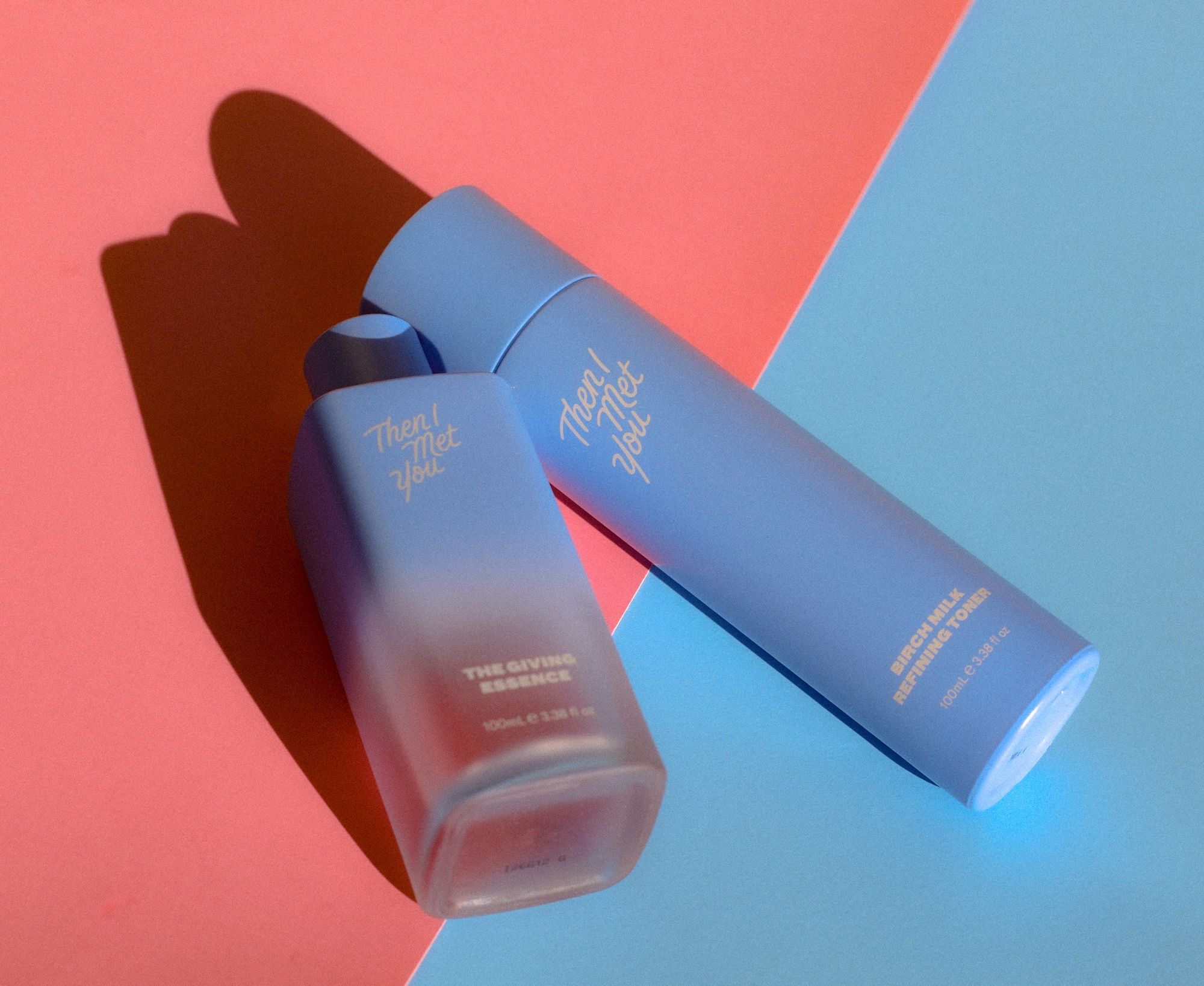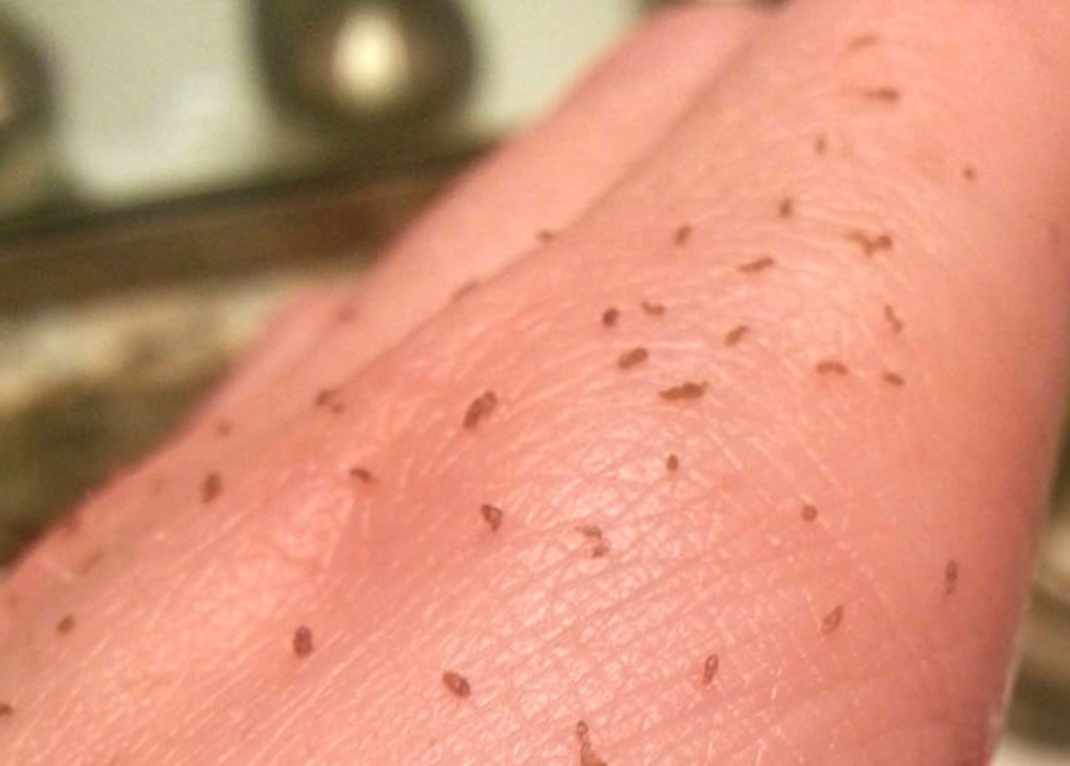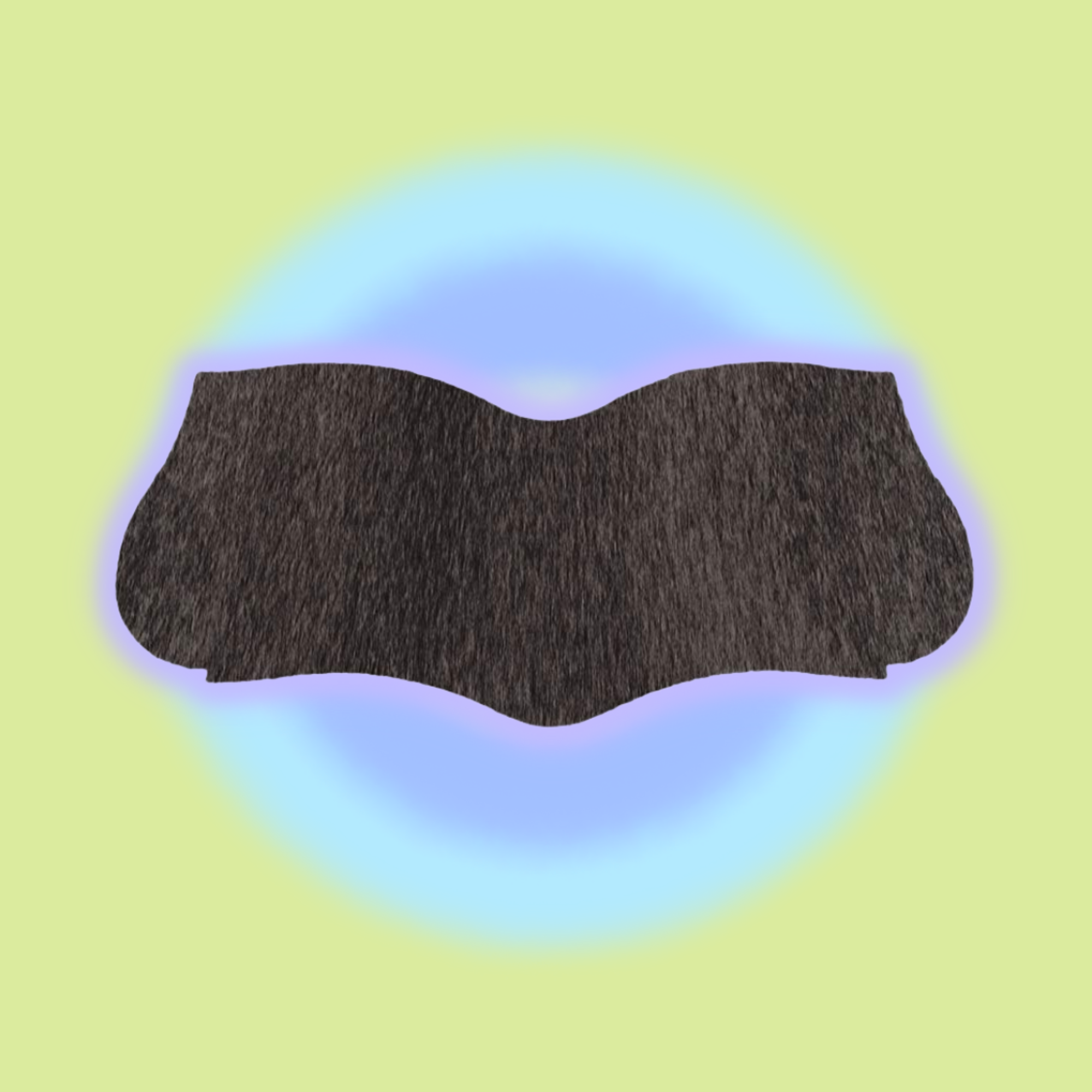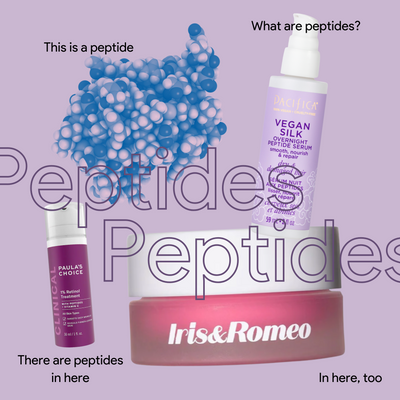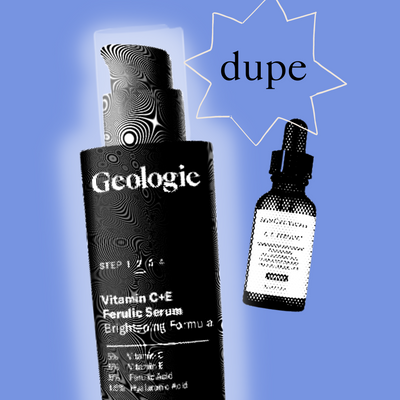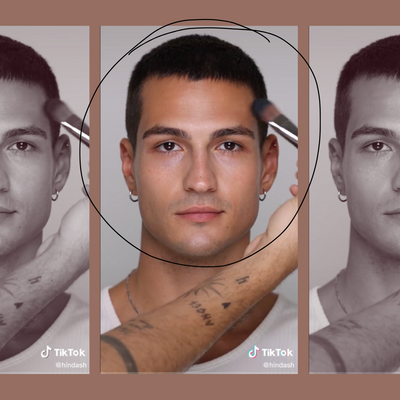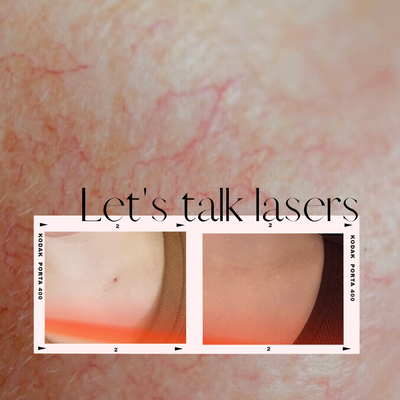I enjoy the finer things in life. Heavy perfume bottles. Silky fabrics against my skin. The sounds my Dyson Airwrap doesn’t make while I quietly blowdry my dog. But at my core, I am a lowbrow individual. Bath and Body Works body mists. Mall food courts. Asking if whipped cream is extra.
As a byproduct of that fact, I am hopelessly devoted to Bioré Pore Strips. I simply love the damn things. I do them once a week, and they’re still my favorite way to fill 20 minutes, clear blackheads, and gross myself out. Hands down.
I understand that, as a society, we have moved on and away from them. They went the way of (at best) bath bombs and (at worst) St. Ive’s Apricot scrub in prevalence. We treat them like a winner of American Idol. People just realized there were more gentle ways to remove congested pores. Oil-soluble BHAs, for example — a perfectly sane way to go about gently purifying your T-zone, so long as you don’t mind a bit of waiting. There are now even hydrocolloid nose strips that absorb oil over the course of a good night’s sleep. Those things are great! But still, having access to all of the above, why do I keep coming back to this Walgreens guilty pleasure?
Perhaps it’s their affordability, which allows me to use them recklessly and without much regard. For about $1 a strip, you can get a box that will last you at least a month. It’s one of the most cost-effective additions to my medicine cabinet. It’s also possibly a byproduct of nostalgia. I’ve used these since I was a teenager, so I find comfort in the experience. If I really had to put my finger on it, though, I’d wager it’s because using pore strips is a spectacle.
Rarely is skincare viewed as an event. It’s mostly a passive experience, watching emulsions absorb into your face. Visually, it offers the same amount of stimuli as watching paint dry. Pore stripping, on the other hand, is about as dynamic of an activity as you get.
Act I: The application
There’s no graceful way to go about getting a pore strip on. You have to nail the face-wetting application to the perfect level and use those same wet hands to avoid accidentally activating the strip whilst you apply it in one take. This act itself puts you in a hyper-focused mode, similar to when cougars seek their prey. Then, some fifteen or so odd minutes later, when your face begins to feel like a kettle-cooked Lay, comes the next stage.
Act II: The removal
Probably the most recognizable action of Bioréing is the removal. Most people make a show of how painful it is, heightening the mystique of the experience. I don’t think it’s that bad. I certainly hope no one pulls it fast, like a waxing strip, and rather takes it off millimeter by millimeter in a magnifying mirror. The process will remind you of watching automated farming machinery yoink carrots out of the ground, 12 at a time.
Act III: The examination
While the second act is what the process is most known for, the last (and final) stage is the most moving — taking the strip into a well-lit room, holding it a few inches from your face, and pondering it. (I opt for the charcoal strips for increased contrast.)
“How were all these things in my face?” You must wonder, now that mass was removed, has your nose now shrunk? That’s just physics! I like to view the spent strip from all angles, delighting in how disgusting I am. So, call me lowbrow. Call me skanky, even. Just don’t call me late for dinner — because I will have already done a pore strip.
Bioré Charcoal Pore Strips, $6.87
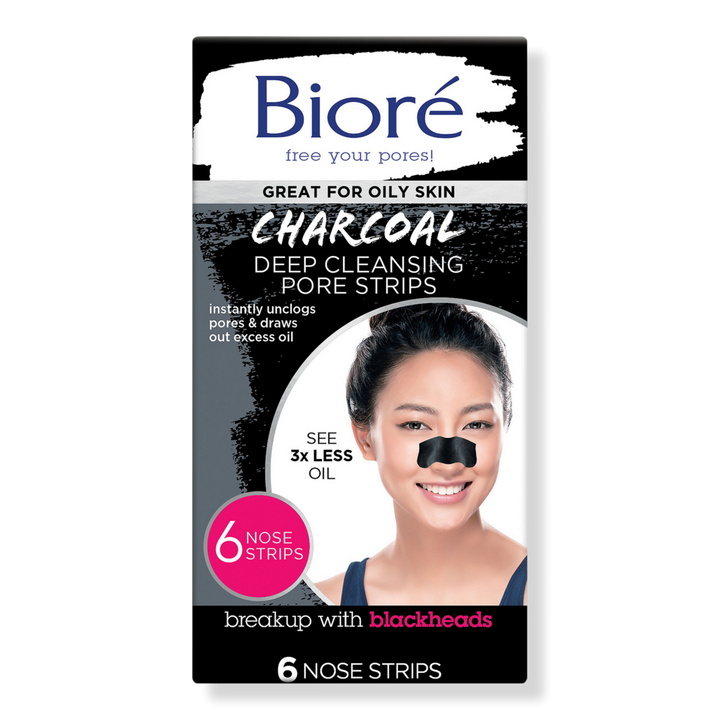
READ MORE LIKE THIS

